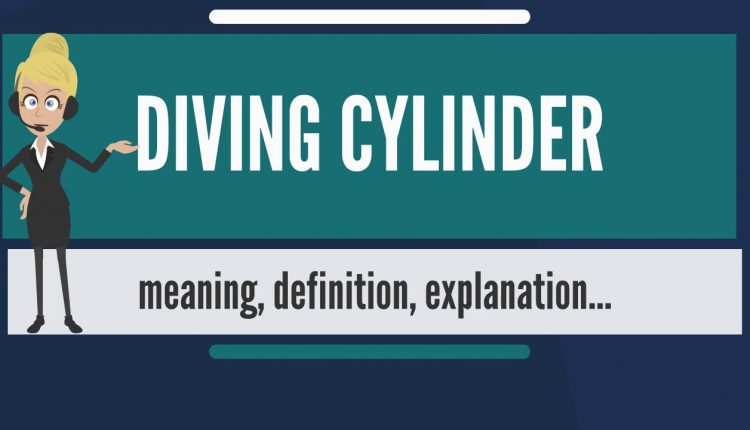What is DIVING CYLINDER? What does DIVING CYLINDER mean? DIVING CYLINDER meaning & explanation
What is DIVING CYLINDER? What does DIVING CYLINDER mean? DIVING CYLINDER meaning – DIVING CYLINDER definition – DIVING CYLINDER explanation.
Source: Wikipedia.org article, adapted under license.
SUBSCRIBE to our Google Earth flights channel –
A diving cylinder, scuba tank or diving tank is a gas cylinder used to store and transport the high pressure breathing gas required by a scuba set. It may also be used for surface-supplied diving or as decompression gas or an emergency gas supply for surface supplied diving or scuba. Cylinders provide gas to the diver through the demand valve of a diving regulator or the breathing loop of a diving rebreather.
Diving cylinders are usually manufactured from aluminium or steel alloys, and are normally fitted with one of two common types of cylinder valve for filling and connection to the regulator. Other accessories such as manifolds, cylinder bands, protective nets and boots and carrying handles may be provided. Various configurations of harness may be used to carry the cylinder or cylinders while diving, depending on the application. Cylinders used for scuba typically have an internal volume (known as water capacity) of between 3 and 18 litres (0.11 and 0.64 cu ft) and a maximum working pressure rating from 184 to 300 bars (2,670 to 4,350 psi). Cylinders are also available in smaller sizes, such as 0.5, 1.5 and 2 litres, however these are often used for purposes such as inflation of surface marker buoys, drysuits and buoyancy compensators rather than breathing. Scuba divers may dive with a single cylinder, a pair of similar cylinders, or a main cylinder and a smaller “pony” cylinder, carried on the diver’s back or clipped onto the harness at the sides. Paired cylinders may be manifolded together or independent. In some cases, more that two cylinders are needed.
When pressurised, a cylinder carries an equivalent volume of free gas greater than its water capacity, because the gas is compressed up to several hundred times atmospheric pressure. The selection of an appropriate set of diving cylinders for a diving operation is based on the amount of gas required to safely complete the dive. Diving cylinders are most commonly filled with air, but because the main components of air can cause problems when breathed underwater at higher ambient pressure, divers may choose to breathe from cylinders filled with mixtures of gases other than air. Many jurisdictions have regulations that govern the filling, recording of contents, and labelling for diving cylinders. Periodic inspection and testing of cylinders is often obligatory to ensure the safety of operators of filling stations. Pressurised diving cylinders are considered dangerous goods for commercial transportation, and regional and international standards for colouring and labelling may also apply.
Rating: nan
